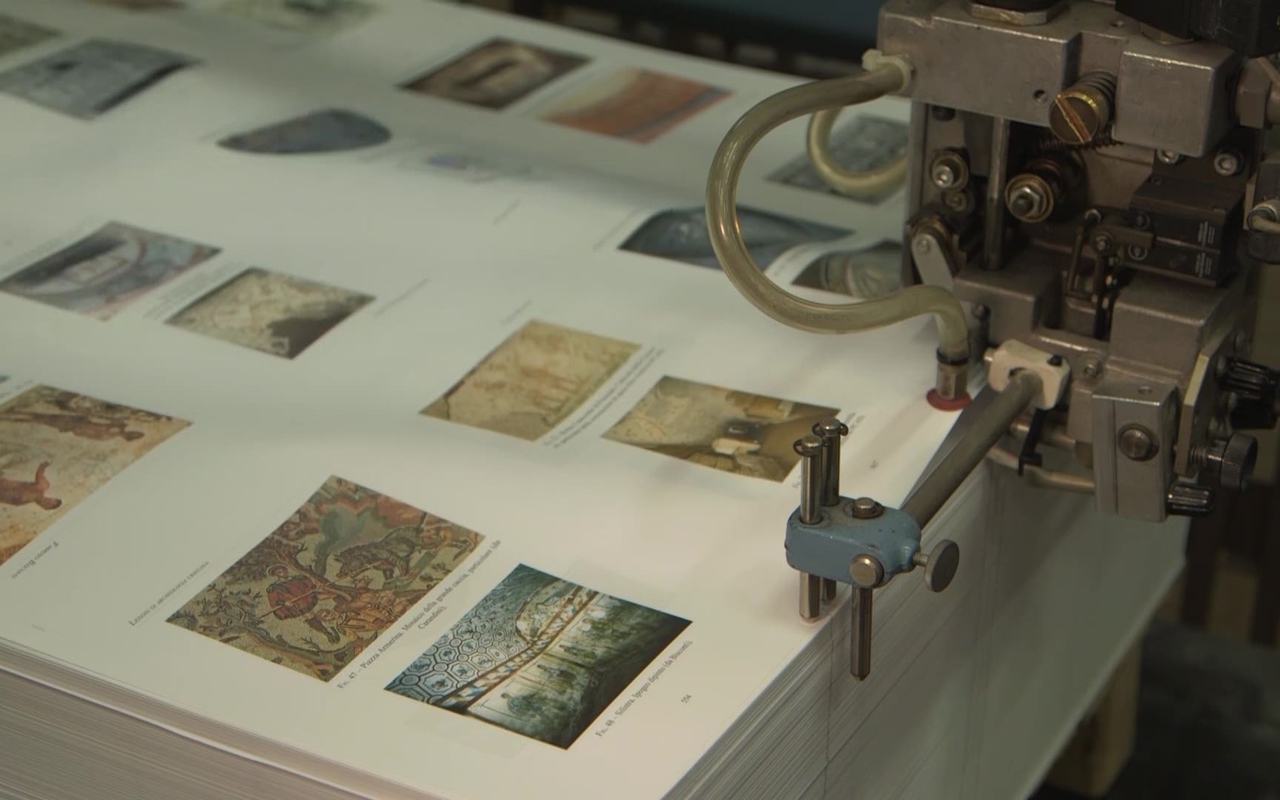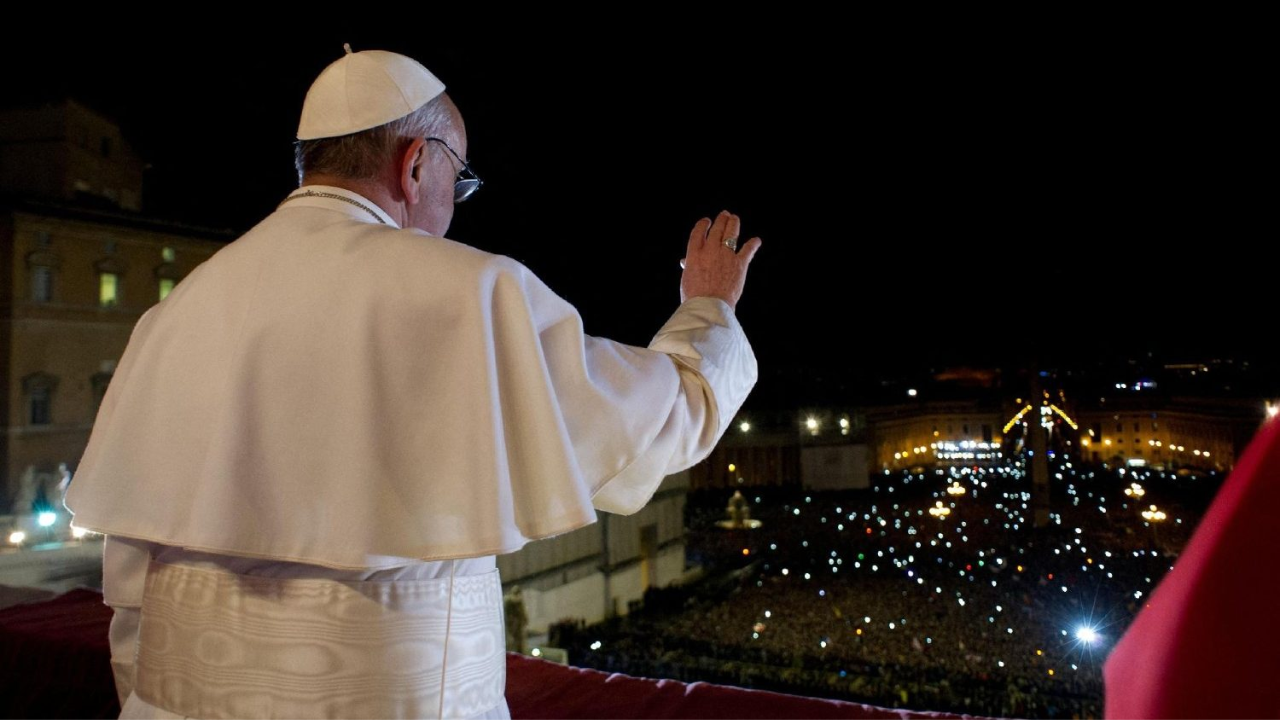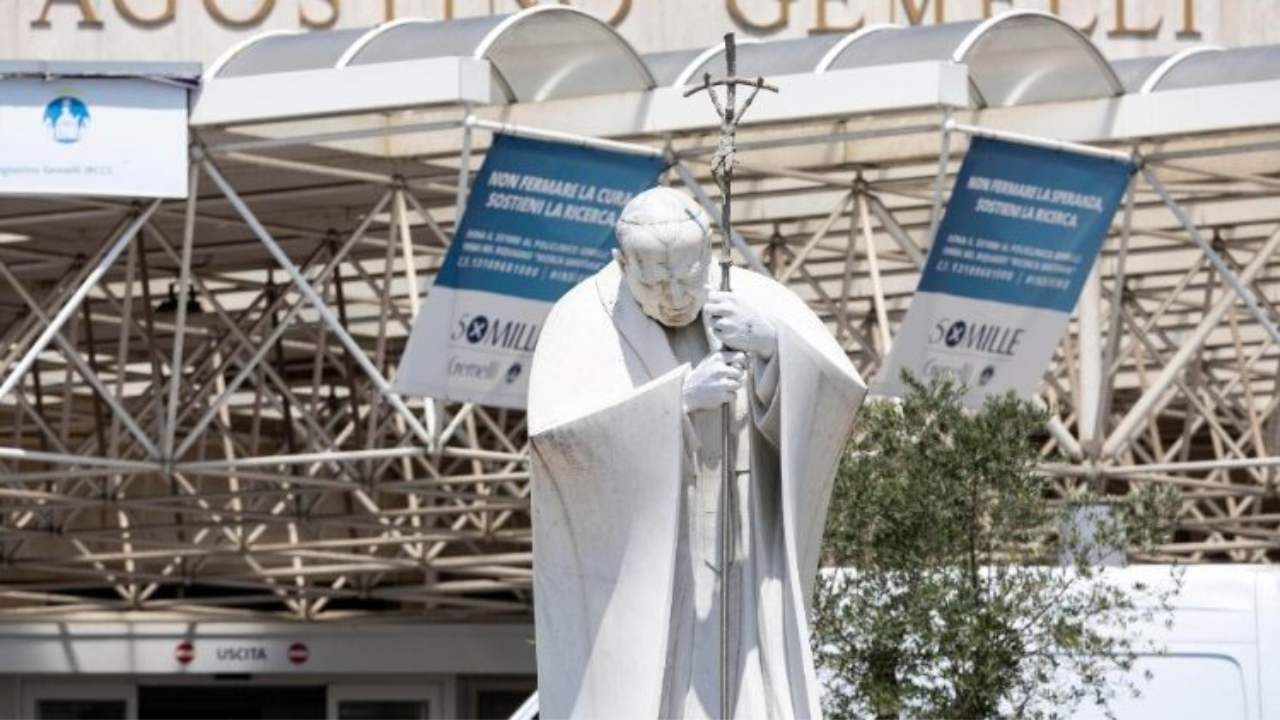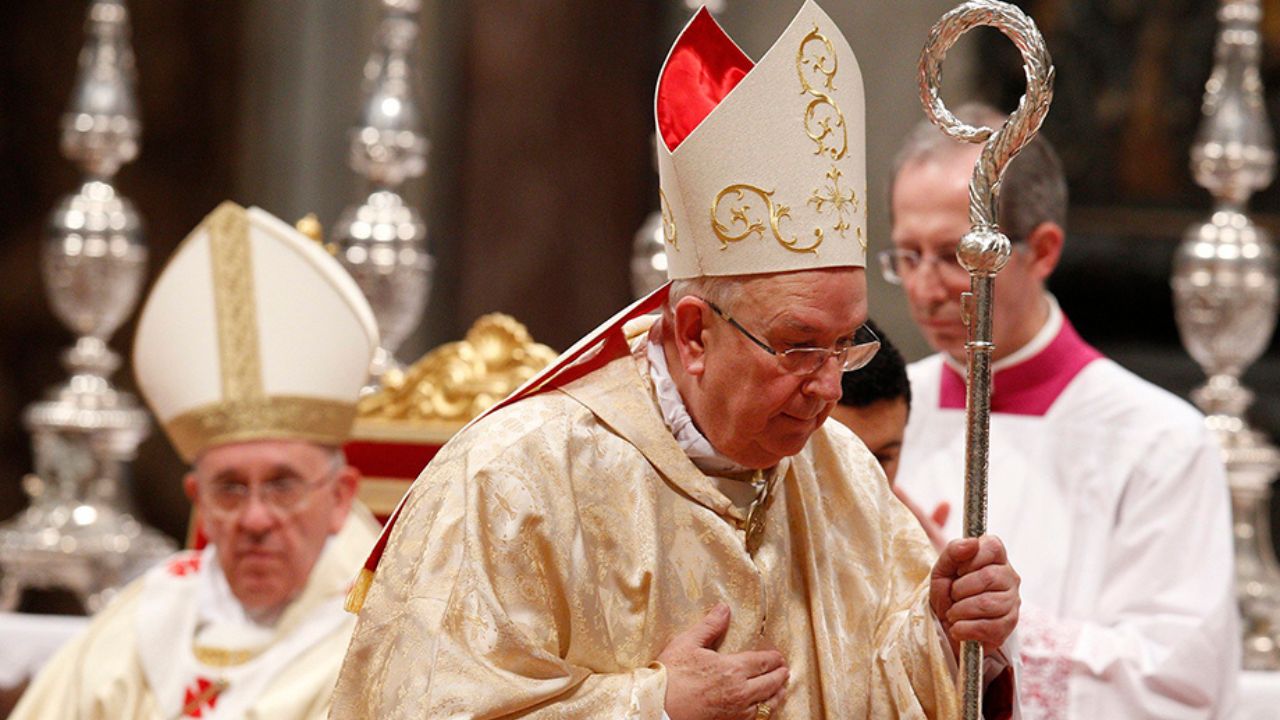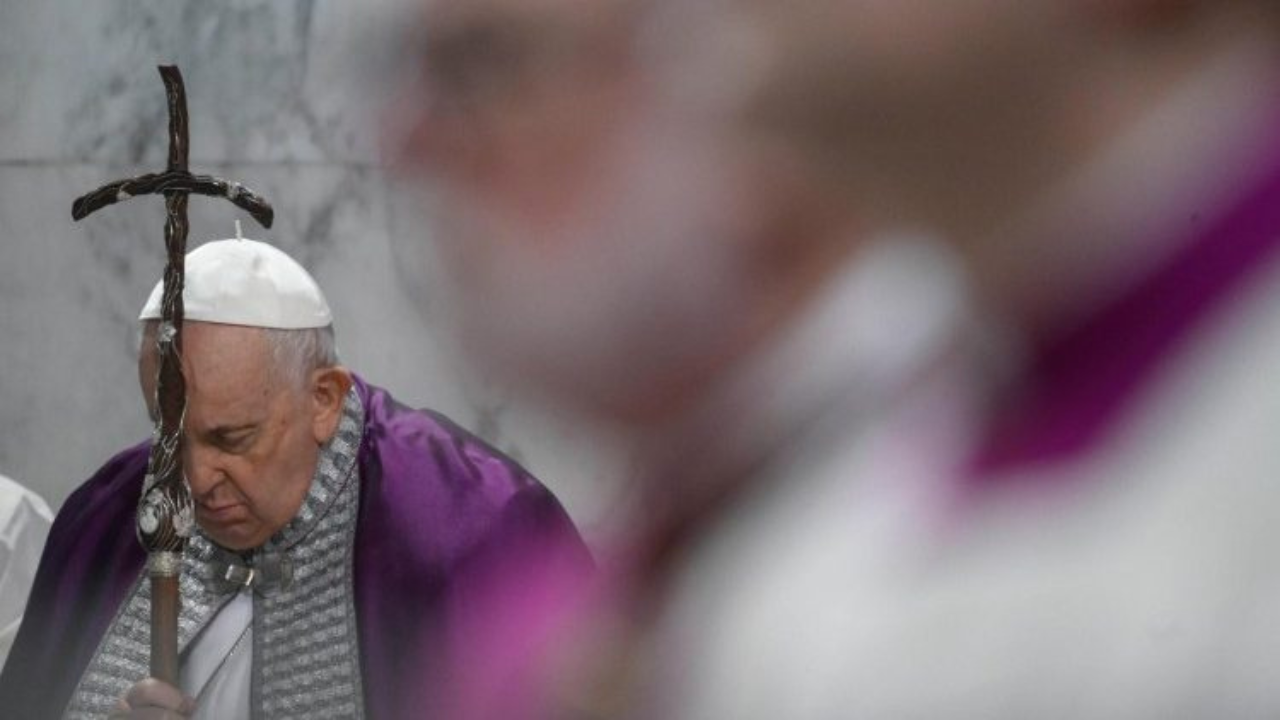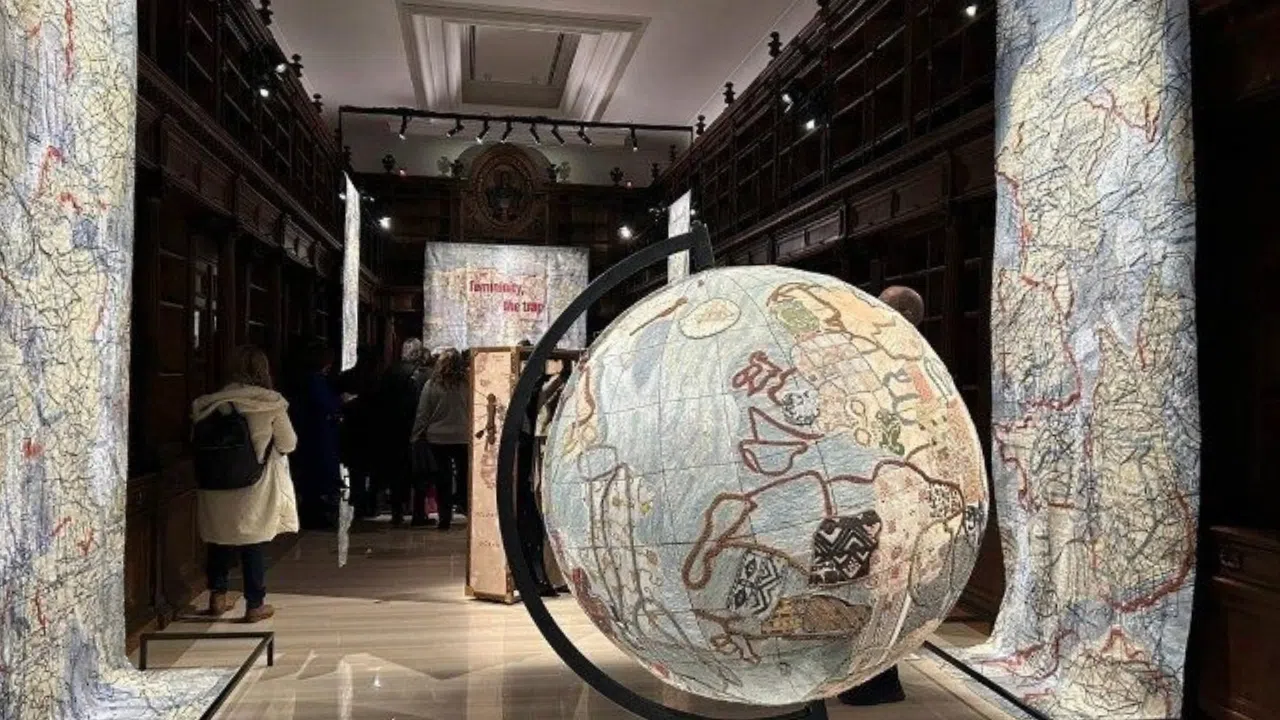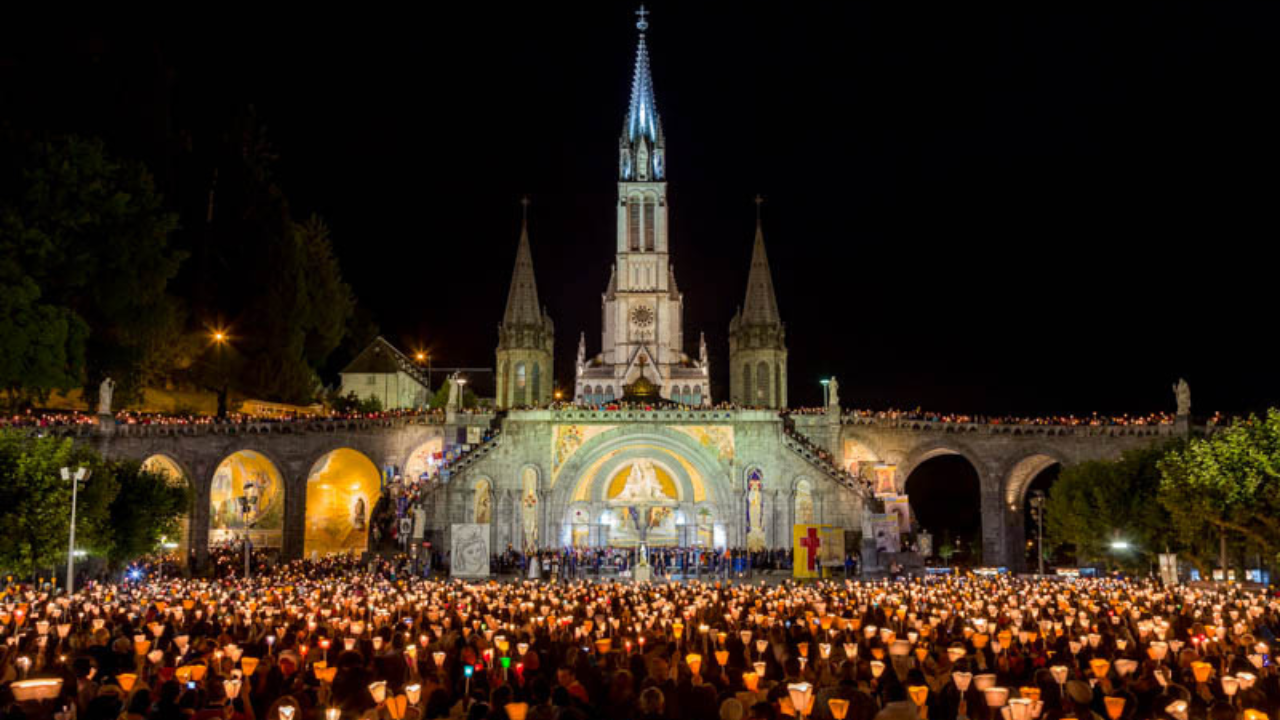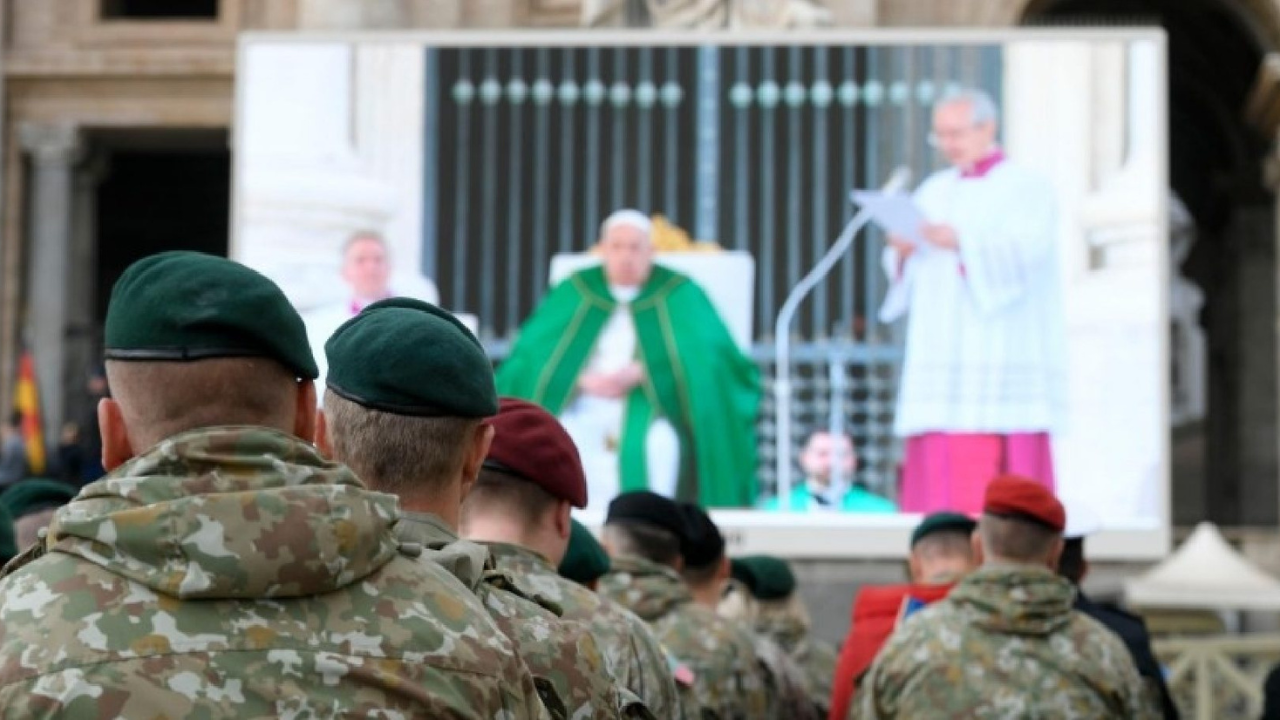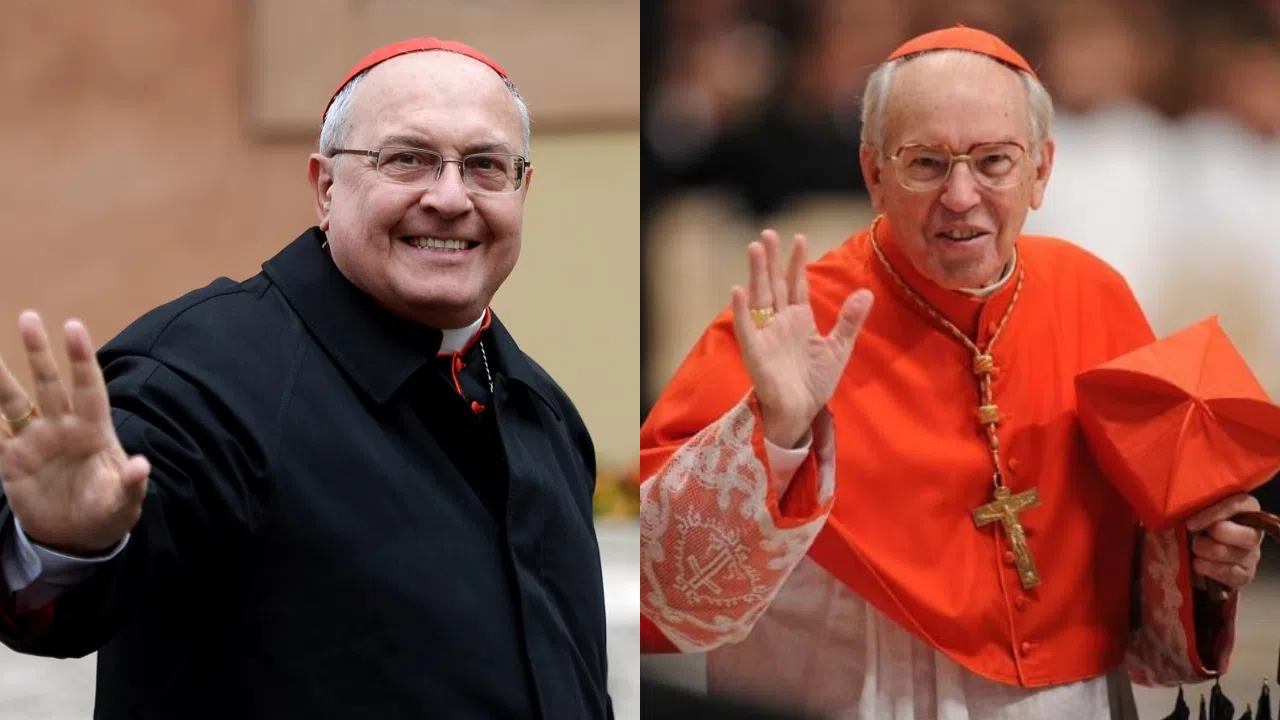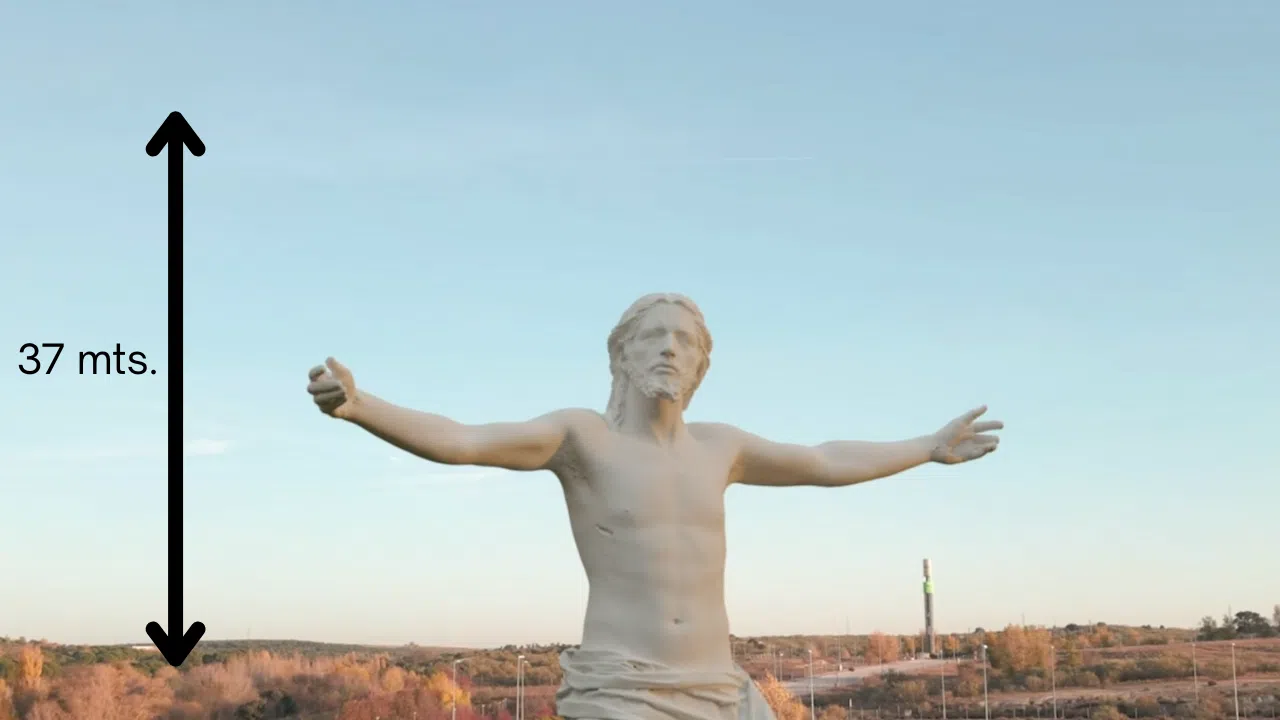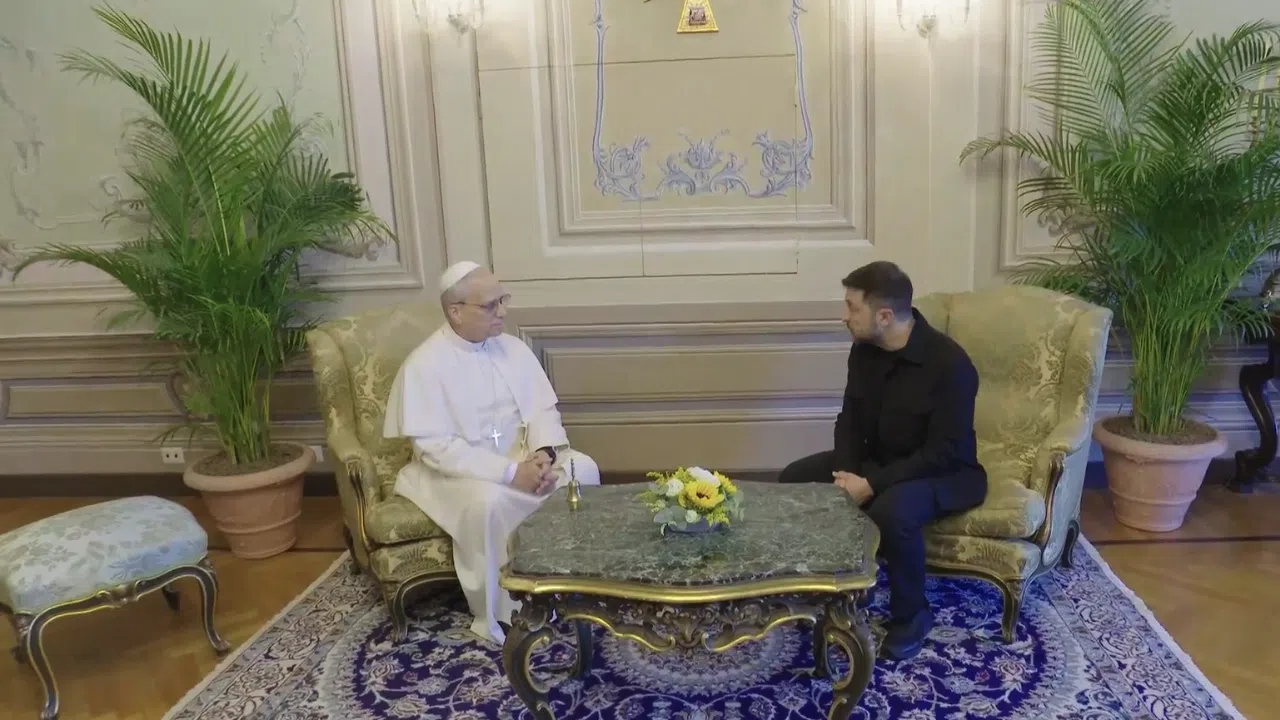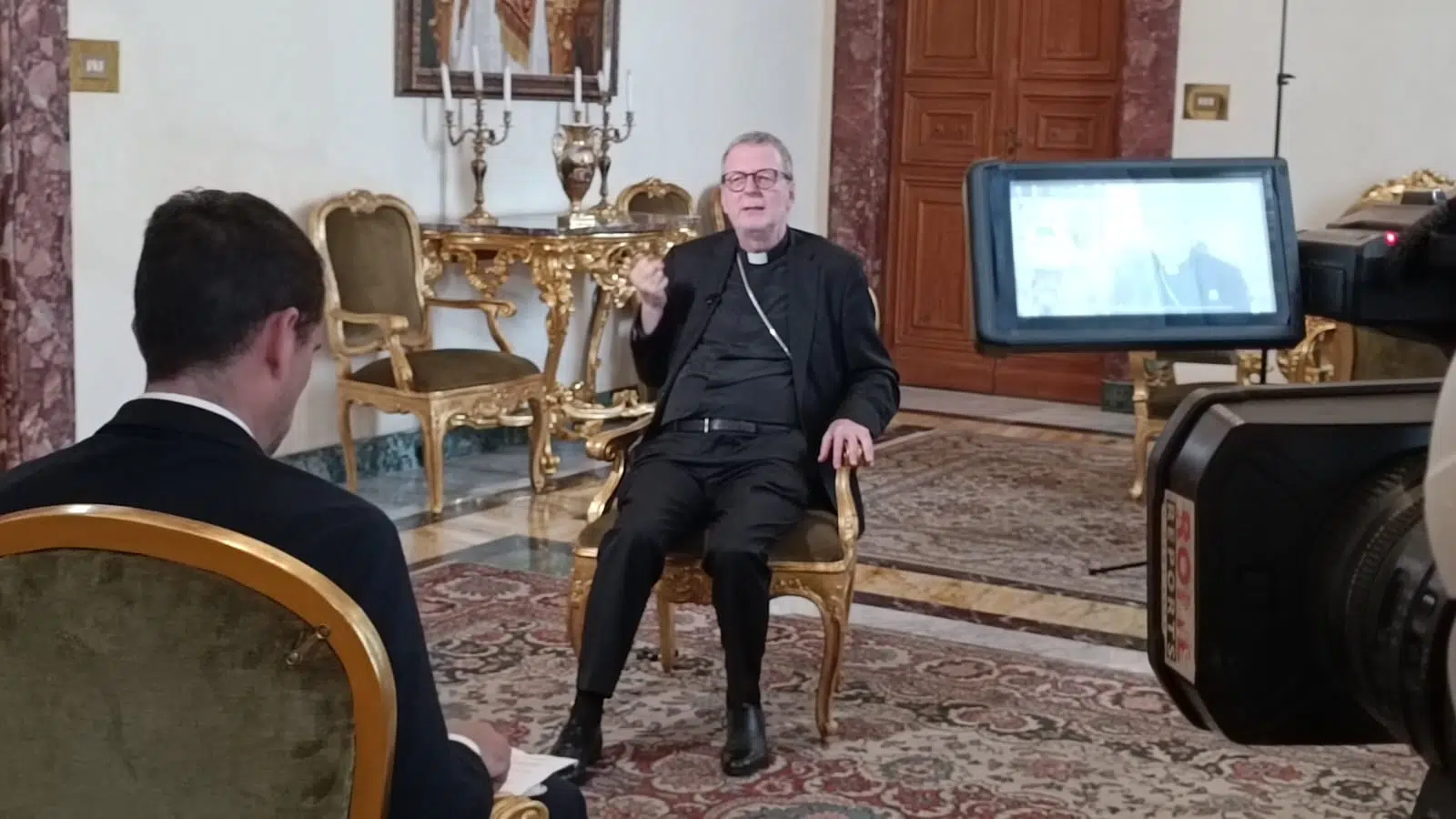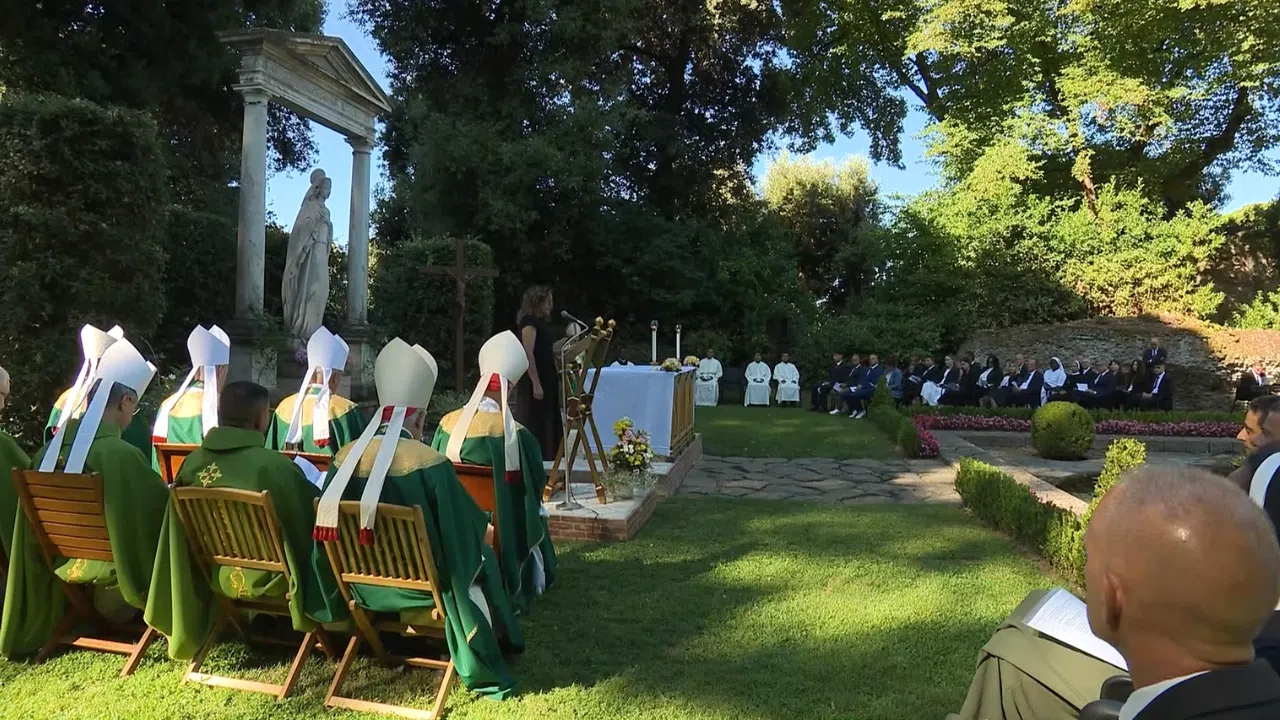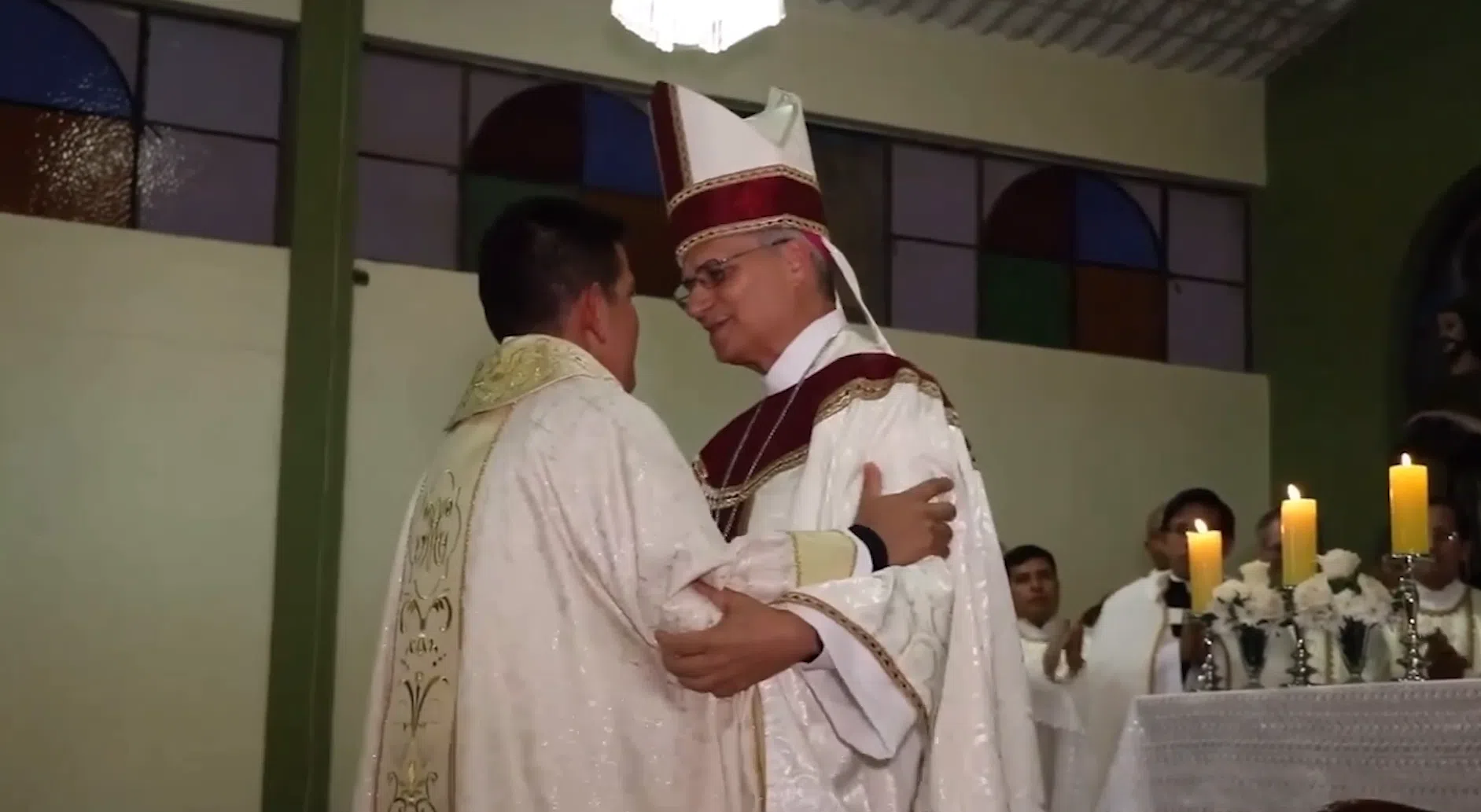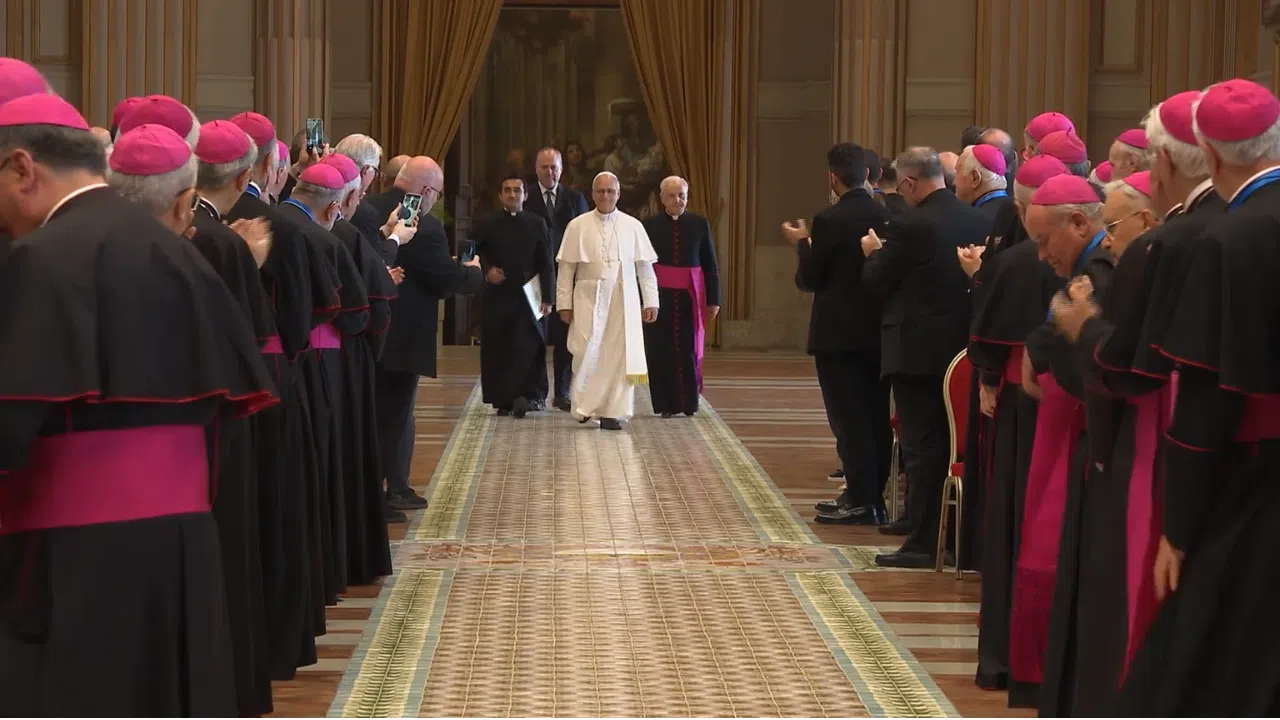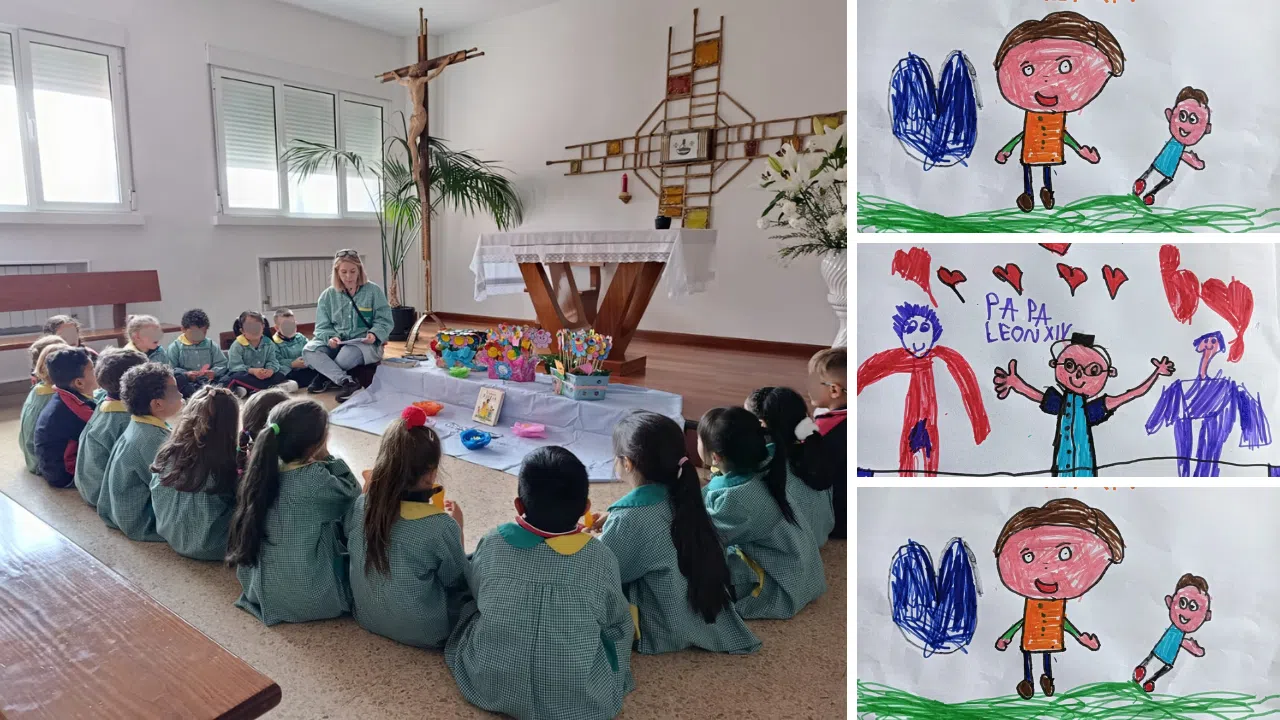Exclusive news for subscribers of Rome Reports Premium:
----------------------------------------
The Vatican's printing press, otherwise known as the Tipografia, is one of the many offices inside the Vatican City State with a crucial role.
Originating in 1587, it served the Holy See in various regards, printing papal texts, documents from various Vatican congregations and even tickets for pilgrims to attend events with the pope.
The printing house's coordinator says the work still continues today, in a very unique style.
GUIDO BENFANTE
Coordinator Vatican Tipografia
“The Vatican printing press is the oldest media contributing to the new Dicastery of Communication. We still make books with glue, thread, leather, sheep paper and it works wonderfully.”
While some official Vatican books are completed in this way, the texts first must be placed in a manageable format. This is the work of graphic designers. They rearrange the files in a book layout, change the size of the text, insert publishing information and the official logo of the Vatican tipografia.
GUIDO BENFANTE
Coordinator Vatican Tipografia
“It's changed from a Word document to a pdf and placed into the book format. Sometimes the text arrives as a pdf and can be printed directly. What is printed is then handled by bookbinding or industrial craftsmen, who package the book.”
Both the printing and packaging process are divided, depending which text needs to be printed, if it's black and white or color and where it needs to be sent.
GUIDO BENFANTE
Coordinator Vatican Tipografia
We have two- and four-color offset machines, and another room with a five-color offset machine. The L'Osservatore Romano press prints six editions daily - Monday to Saturday. Then it prints five weekly editions in various languages: one in Italian, Spanish, English, Portuguese, and French. Finally, a monthly edition in Polish.
The L'Osservatore Romano is printed each afternoon and is packaged by a team who get it out to the public as soon as possible.
Brightly colored tickets for papal events are printed in the same room, on a much smaller printer.
In the room next door, magazines and glossy paper is printed for books. The colors are seen above the large printers and the printed pages inspected before they can be sent off to become books. Each page is carefully inspected before it can continue to the next part.
At following step, the pages are sliced and diced twice. At that point, they can become stapled to make small booklets or go through the binding process to become even larger, works full of imagery and history.
Besides printing capabilities, the Vatican's tipografia contains so much more.
GUIDO BENFANTE
Coordinator Vatican Tipografia
We have buildings dedicated to the technical and commercial side. We have photocomposition, a digital printing machine and the best part of the typography, which is the artisan bookbinding. They create pieces by hand to give to the Holy Father and to the Secretary of State. They include agreements between states and the papal yearbook.”
But before arriving at their current production status, the printing press went through many changes over the years. The first Vatican printing house was divided into two functions, with the second one starting to print in 23 different alphabets.
GUIDO BENFANTE
Coordinator Vatican Tipografia
“Then another typography was created at the work of Pope Urban VIII in 1626. This other typography was created as a Polyglot Typography for the Sacred Congregation for the Evangelization of Peoples. It was used for mission materials, printed material that missionaries needed in their work.”
For two centuries, the original press house continued printed religious books, dictionaries and grammar books until Leo XII and Leo XIII revived it starting in 1825. Then in 1908, construction began for the current warehouse, which caused the two printing presses to unite as one.
In 1937, the Salesians of Don Bosco managed the printing press for about 80 years. John Paul II brought the most recent update in 1991, expanding it even more until it became part of the Vatican's Dicastery for Communication.
In its current role, the printing press continues to work for the Holy See, at the service of the pope and the Secretary of State. They make sure all official documents, books and tickets are made available to the faithful all around the world, no matter how far they are from the Eternal City itself.
Melissa Butz
